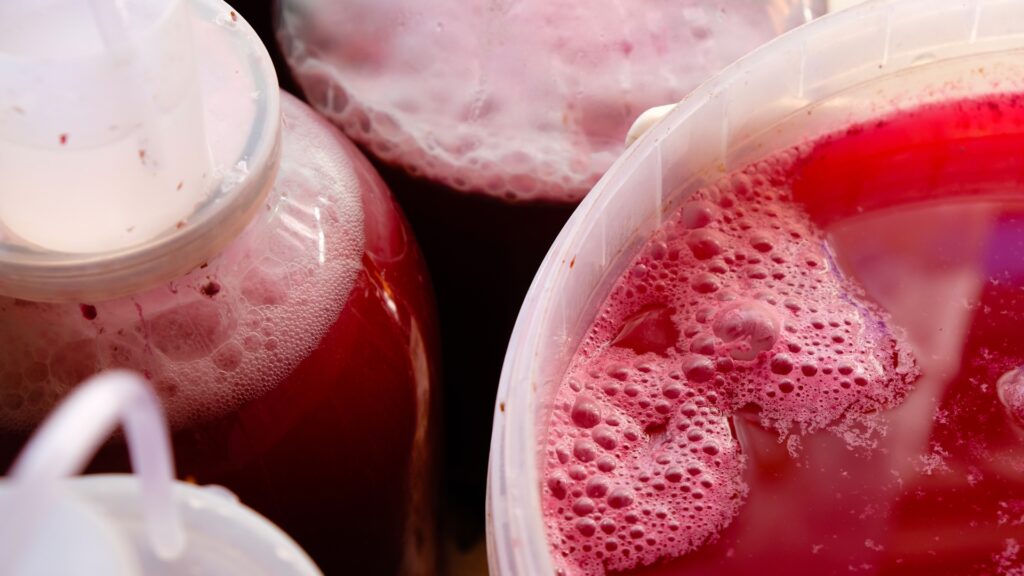
WHAT IS MICRO-OXYGENATION OF WINE?
Micro-oxygenation is an oenological technique that consists of introducing controlled and precise quantities of oxygen into wine during the ageing process. The main objective of this practice is to improve the stability and organoleptic quality of the wine, positively influencing its aroma, flavour and structure.
History of Micro-oxygenation
Micro-oxygenation is a relatively recent technique, developed in the 1990s by French winemaker Patrick Ducournau. Ducournau began experimenting with the introduction of oxygen into his wines to solve problems related to the excessive astringency and hardness of tannins, especially in wines made from the Tannat grape variety. His experiments led to the development of specific equipment for micro-oxygenation and the spread of the technique to various wine regions around the world


Characteristics of Micro-oxygenation
Micro-oxygenation is characterised by the continuous and controlled infusion of microbubbles of oxygen into the wine. This process typically takes place during ageing in stainless steel tanks or wooden barrels and can continue for several months, depending on the oenological objectives.
The main features of micro-oxygenation include:
Precise control:
- The introduction of oxygen is regulated by specific devices that ensure very small doses, generally measured in milligrams per litre per month.
- Uniformity: The oxygen microbubbles spread evenly throughout the wine, avoiding localised oxidation.
- Adaptability: The technique can be adapted to the specific needs of different wine types and production styles.
Importance of Micro-oxygenation
Micro-oxygenation plays a crucial role for several reasons

Tannin enhancement
La microssigenazione contribuisce a polimerizzare i tannini, rendendoli meno astringenti e più morbidi al palato

Colour Stability
L’ossigeno favorisce la formazione di antociani stabili, migliorando la vivacità e la durata del colore del vino.

Aromas and Bouquets
Il processo può contribuire allo sviluppo di aromi più complessi e sfaccettati, migliorando il bouquet complessivo del vino.

Reducing Defects
La microssigenazione può aiutare a ridurre difetti come l’odore di ridotto (uova marce o gomma bruciata) e migliorare la percezione globale del vino



Wine micro-oxygenation represents one of the most innovative and important techniques in modern oenology. Thanks to its ability to improve the organoleptic quality of wine, stabilise colour and soften tannins, this practice has become a key resource for winemakers around the world. With careful regulation and monitoring, micro-oxygenation can transform good wines into exceptional ones, enhancing the unique characteristics of each variety and terroir.

DON'T FORGET TO FOLLOW US ON OUR SOCIAL NETWORKS!
Every week we offer posts and articles on the food industry to keep you up-to-date and in step with the changing market!



